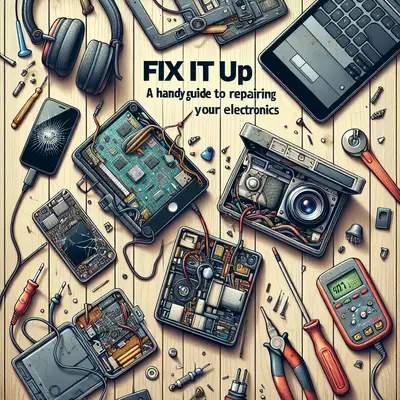Tip 1: Use the Right Tools
The first step to any successful repair is to have a proper toolkit. This should include a variety of screwdrivers, precision tweezers, spudgers, and a pry tool. For the tech enthusiast, investing in an anti-static wrist strap and a magnifying lamp can also be beneficial. Remember, using the right tools not only makes the repair easier, but also prevents further damage to your electronics.
Tip 2: Keep Track of Your Screws
In the midst of a repair, it's easy to lose track of the small screws and components. Use a magnetic project mat or a muffin tin to keep your screws organized. Label each section with the step number or the part it corresponds to. This simple practice can save you from the frustration of misplaced parts.
Tip 3: Source Reliable Parts
If you need to replace a part, make sure to source it from a reliable supplier. While it can be tempting to opt for cheaper alternatives, these may not work as intended and could potentially damage your device further. Remember, quality parts lead to quality repairs.
Tip 4: Use Online Resources
The internet is a treasure trove of repair guides and tutorials. Websites like iFixit offer free, step-by-step instructions for a variety of electronics. Moreover, YouTube is a great platform for visual learners, as it hosts numerous repair videos. By leveraging these resources, you can equip yourself with the knowledge to tackle any repair.
Tip 5: Practice Patience
Patience is a virtue, especially when it comes to electronics repair. Rushing through the process can lead to mistakes or overlooked issues. Take your time, follow the instructions carefully, and remember to breathe.
Conclusion
In conclusion, the ability to repair your own electronics is an invaluable skill in this tech-driven era. Not only does it save you money, but it also gives you a sense of accomplishment and helps reduce electronic waste. So, roll up your sleeves, equip your toolkit, and get ready to take your tech into your own hands with these innovative repair tactics.



